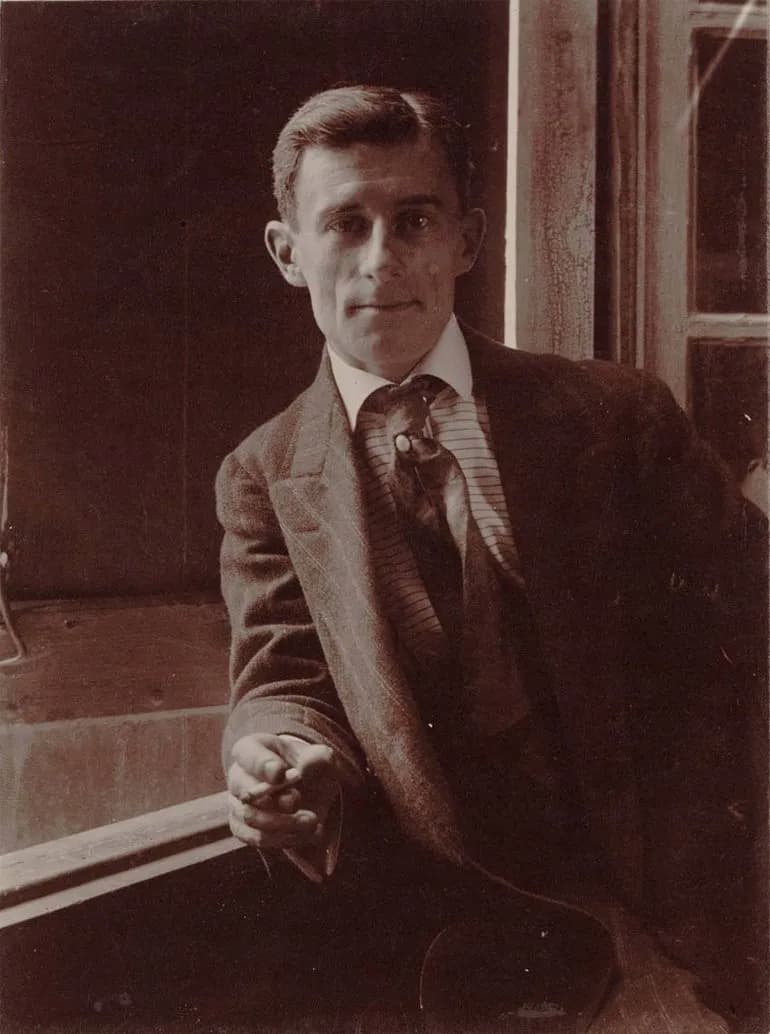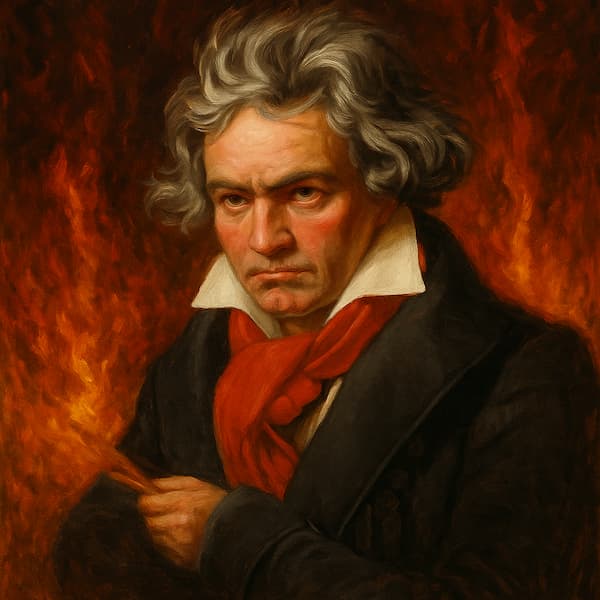Something entirely inconceivable took place on 16 January 1938. On that day, Benny Goodman invaded Carnegie Hall, the citadel of American high culture. The “King of Swing” brought his own band, including Harry James on trumpet, Lionel Hampton on vibraphone and Gene Krupa on drums, and placed jazz on par with classical music.
Benny Goodman at Carnegie Hall: “Don’t Be That Way”
The Runup

The Carnegie Hall concert poster
The idea to perform at Carnegie Hall was the brainchild of publicist Wynn Nathanson, who proposed the concert in December of 1937. Goodman was hesitant and laughed off the idea at first. Goodman was an avid admirer and participant in classical music, and he was highly sceptical that an audience at Carnegie Hall would respond favourably to his music. After all, he was trying to essentially bring dance music to a listening audience in the bastion of highbrow culture.
Gradually, however, Goodman warmed up to the idea and began to take the project seriously. He cancelled several bookings in order to hold rehearsals in the hall and got familiar with the legendary acoustics of Carnegie Hall. As a scholar wrote, “Goodman was a perfectionist and tough taskmaster, and he rehearsed the band until everything sounded perfect.
Benny Goodman: “Sing, Sing, Sing”
The Concert
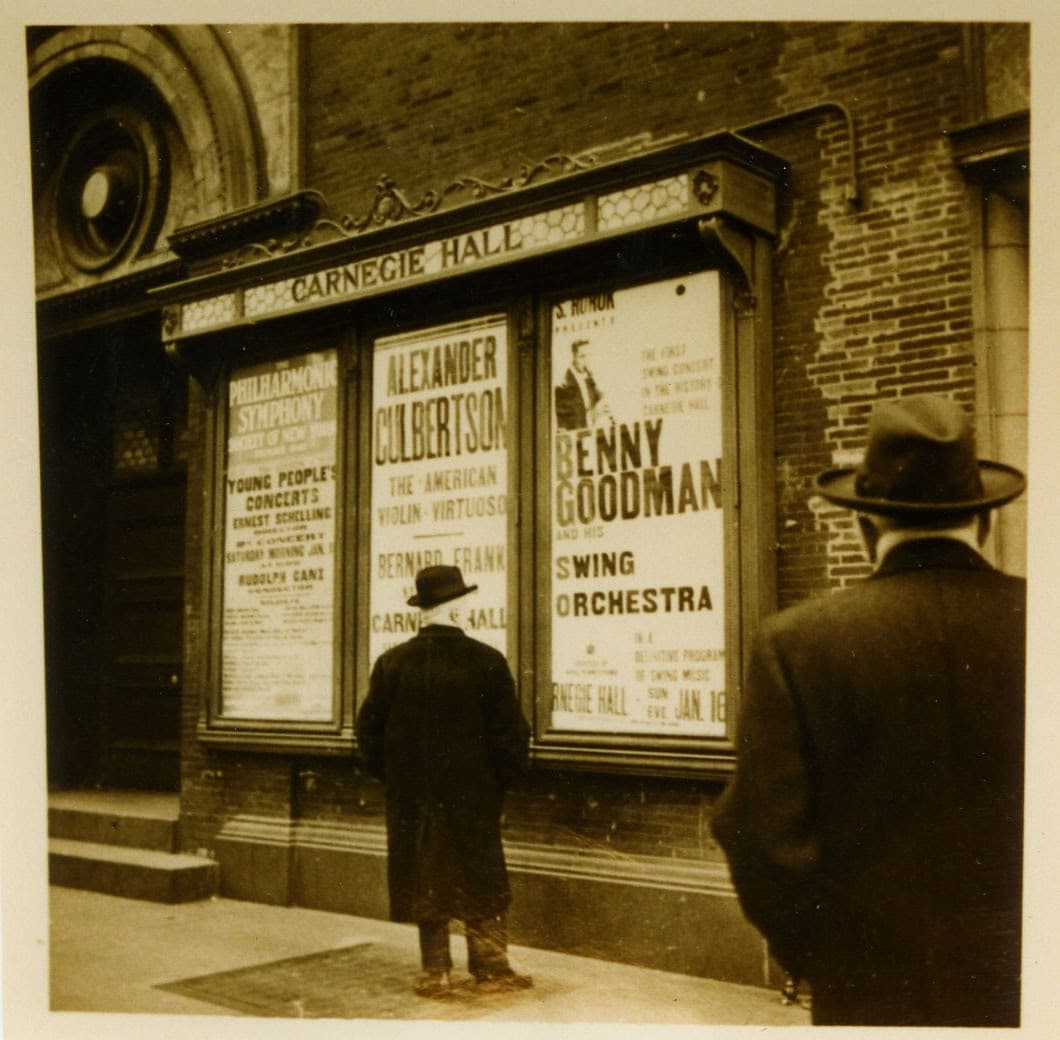
After the concert had been announced, it sold out weeks in advance, with seats going at the exorbitant price of $2.75. In fact, extra chairs had to be added on stage to accommodate the eager crowd. I don’t know if it is true, but Goodman apparently forgot to buy tickets for his family, and he had to get scalped tickets at the very last minute. Goodman was asked by producer Albert Mark if he could record the concert. Goodman finally gave his approval and a single microphone was positioned over the band and was relayed by phone lines to two nearby recording studios.
A contemporary eyewitness reports, “Walking out on stage dressed in his formal tails, Benny receives a warm, enthusiastic welcome from the audience. He had commissioned Edgar Sampson to make a new arrangement of the song “Don’t Be That Way,” as the all-important opening number. It catches fire after Gene Krupa’s first drum break. Appropriately, Benny takes the first solo of the evening. After a long decrescendo, another explosive Krupa drum break leads to an exciting last chorus. The crowd goes wild. The evening is off to a good start.”
Goodman/Lee: “Why don’t you do right”
Unfamiliar Sounds
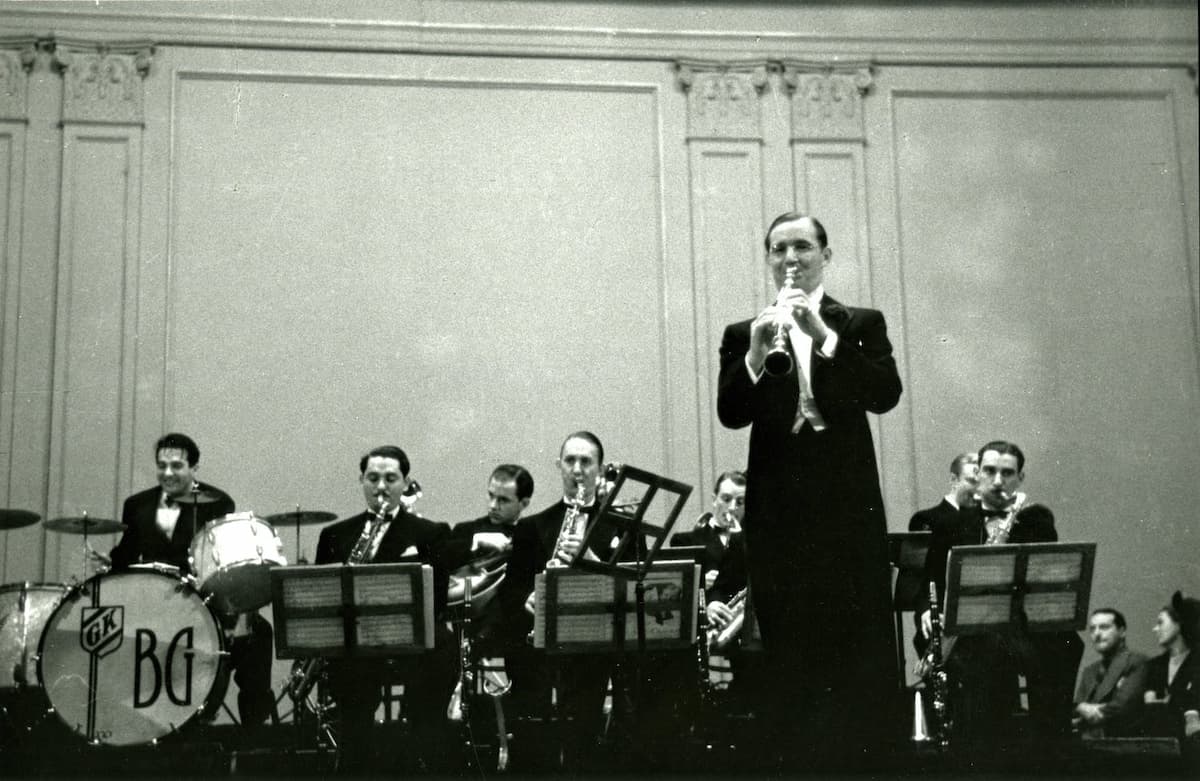
Benny Goodman’s Carnegie Hall Concert in 1938
In addition to numbers from the regular repertoire of his own band, Goodman included the legendary Harry James on trumpet and Lionel Hampton on vibraphone. There were plenty of unfamiliar sounds never before heard in the hallowed halls of high culture. Glissandi and blue notes in the woodwinds, shakes, growls and muted sounds of the brass, flashy drumming and “in-the-moment improvisations creating energy and spontaneity not normally heard on the concert stage.” When Goodman was asked how long the intermission should be, he replied, “I don’t know. How long does Toscanini take?”
Goodman was clearly taking the risk of some very bad reviews because all the music critics were geared towards classical music. One critic had actually publicly stated that “jazz was junk.” In the event, he needn’t have worried because critics and the audience absolutely loved the concert. “We gave the first swing concert that was ever heard in Carnegie, and I can tell you, it was a real thrill for me,” Goodman said later.
Benny Goodman: “I Got Rhythm”
Recording and Legacy
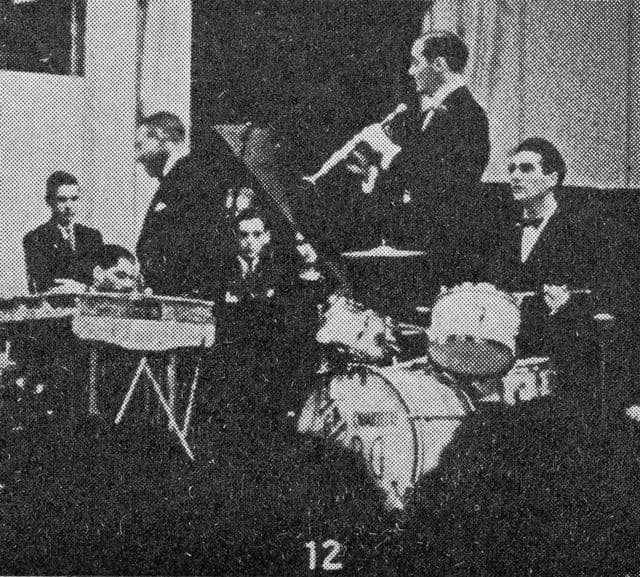
Benny Goodman’s Carnegie Hall Concert in 1938
Remember the record made on that memorable evening of the concert? Two acetate discs were made, one for Albert Marx, which is in the Library of Congress, and one for Benny Goodman. Goodman’s copy hid in a closet for 12 years until it was discovered by one of his daughters. She immediately realised its value and turned it over to Goodman’s record company, Columbia Records. And finally, in 1950, the concert was released on LP.
The Carnegie Hall concert turned Benny Goodman into an international celebrity and the poster boy for the Swing Era. When you listen to him playing, a scholar writes, “you hear a personality. It’s not just clarinet playing. It is someone that is just expressing everything he can on the clarinet.” The Goodman concert did change the course of music and the course of jazz as a world-wide phenomenon. It boldly announced that this emerging genre was a legitimate form of music and cultural expression, and that “jazz was here to stay and that it demanded to be taken seriously.”
For more of the best in classical music, sign up for our E-Newsletter

